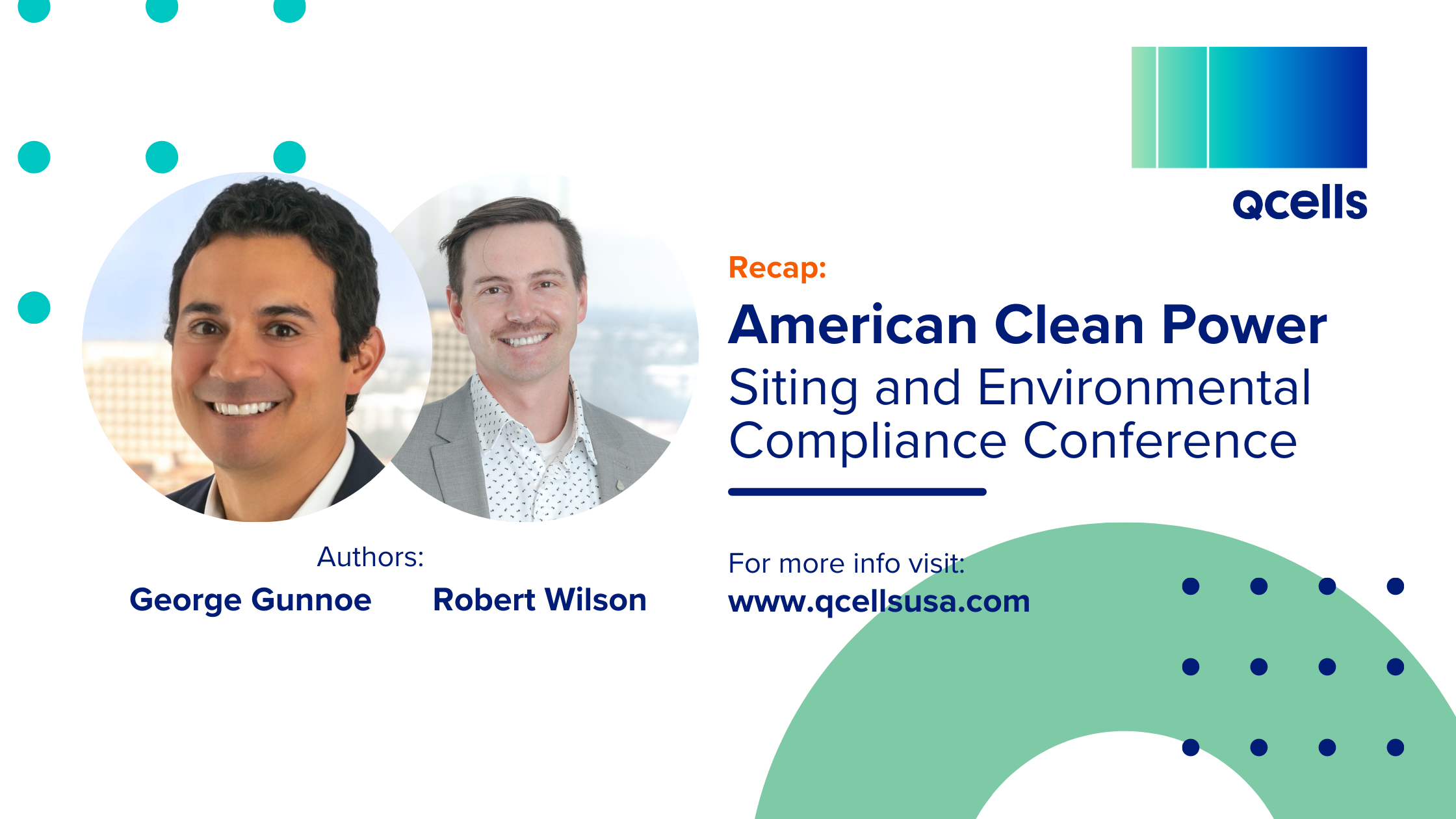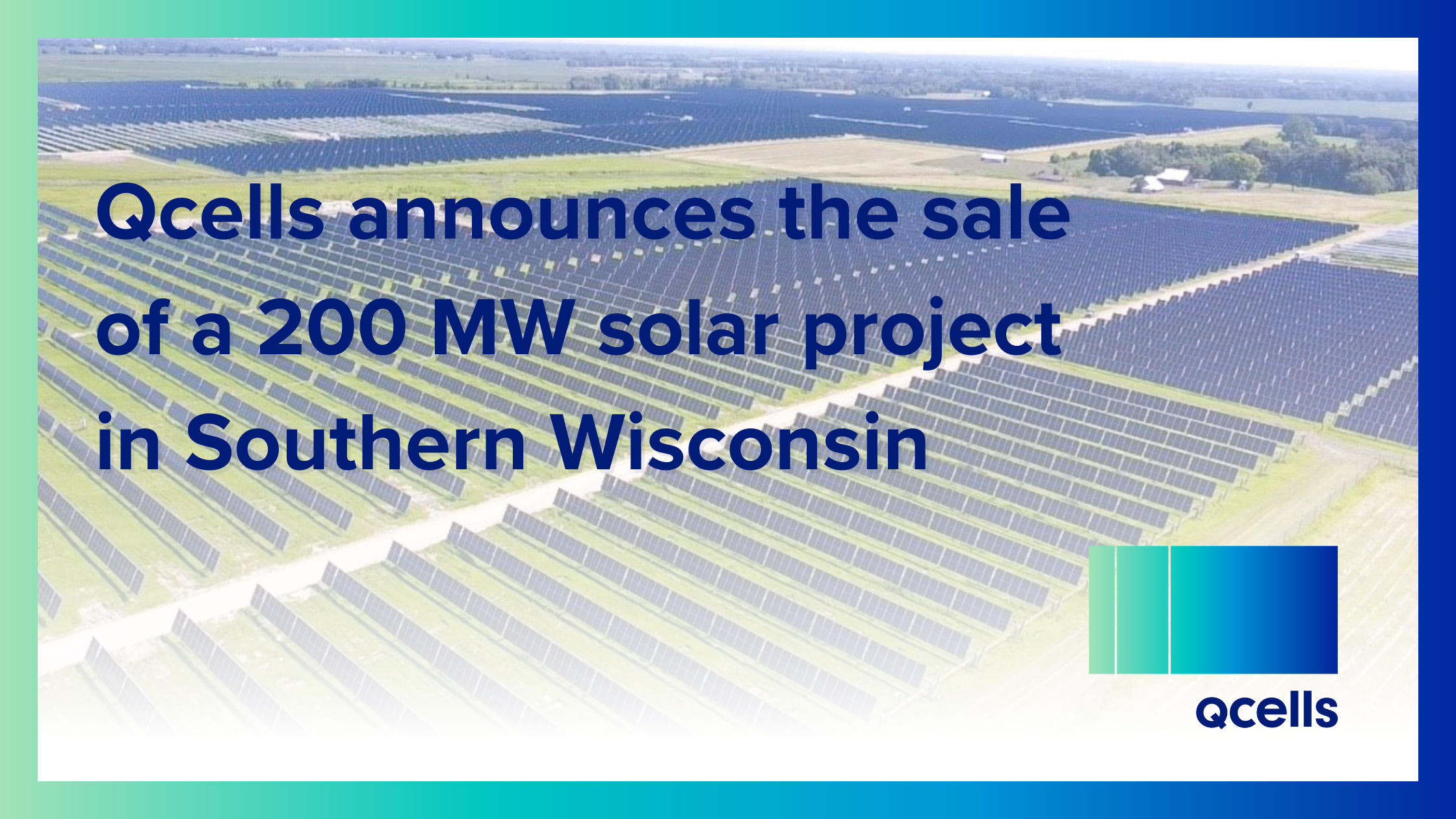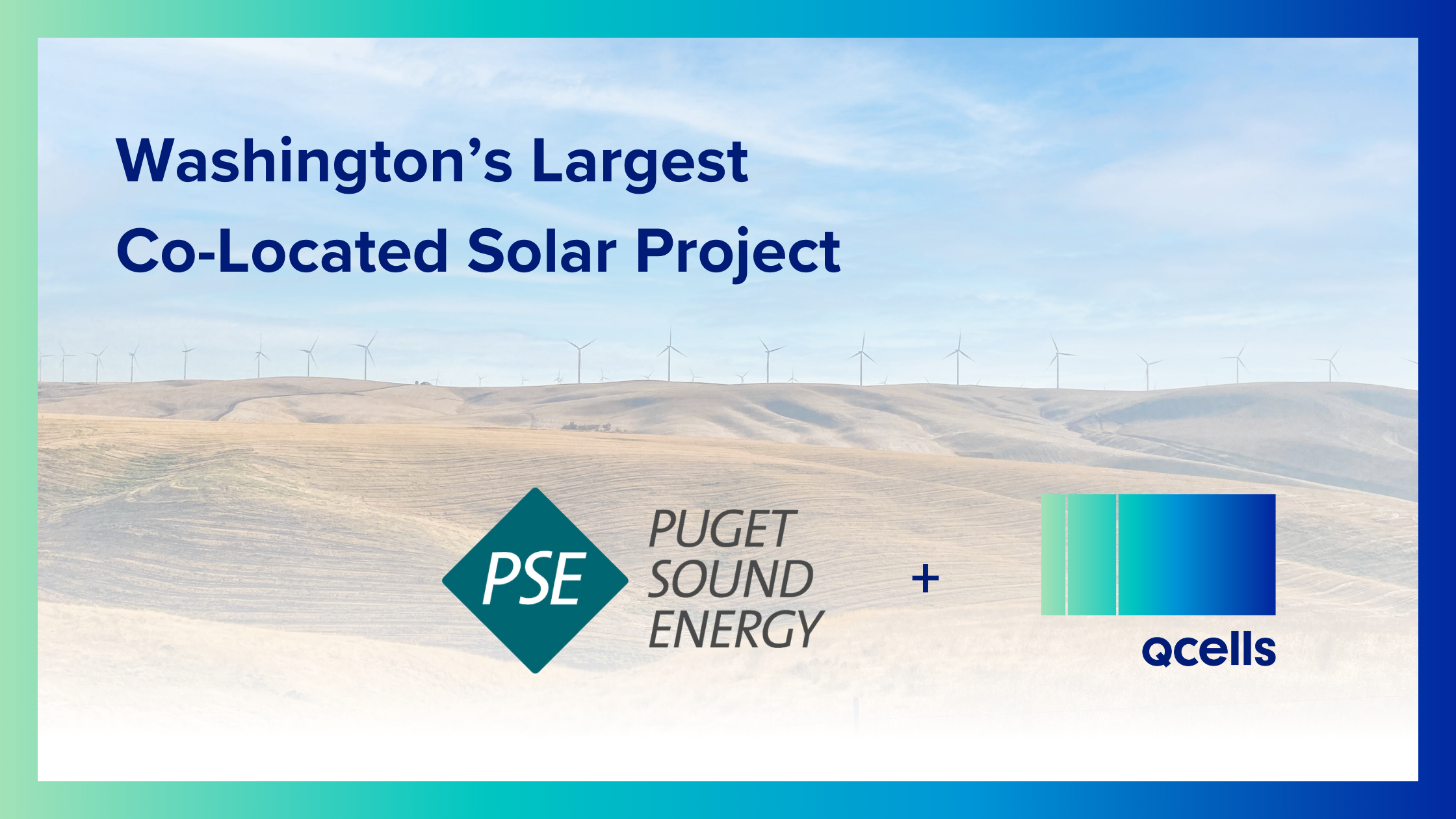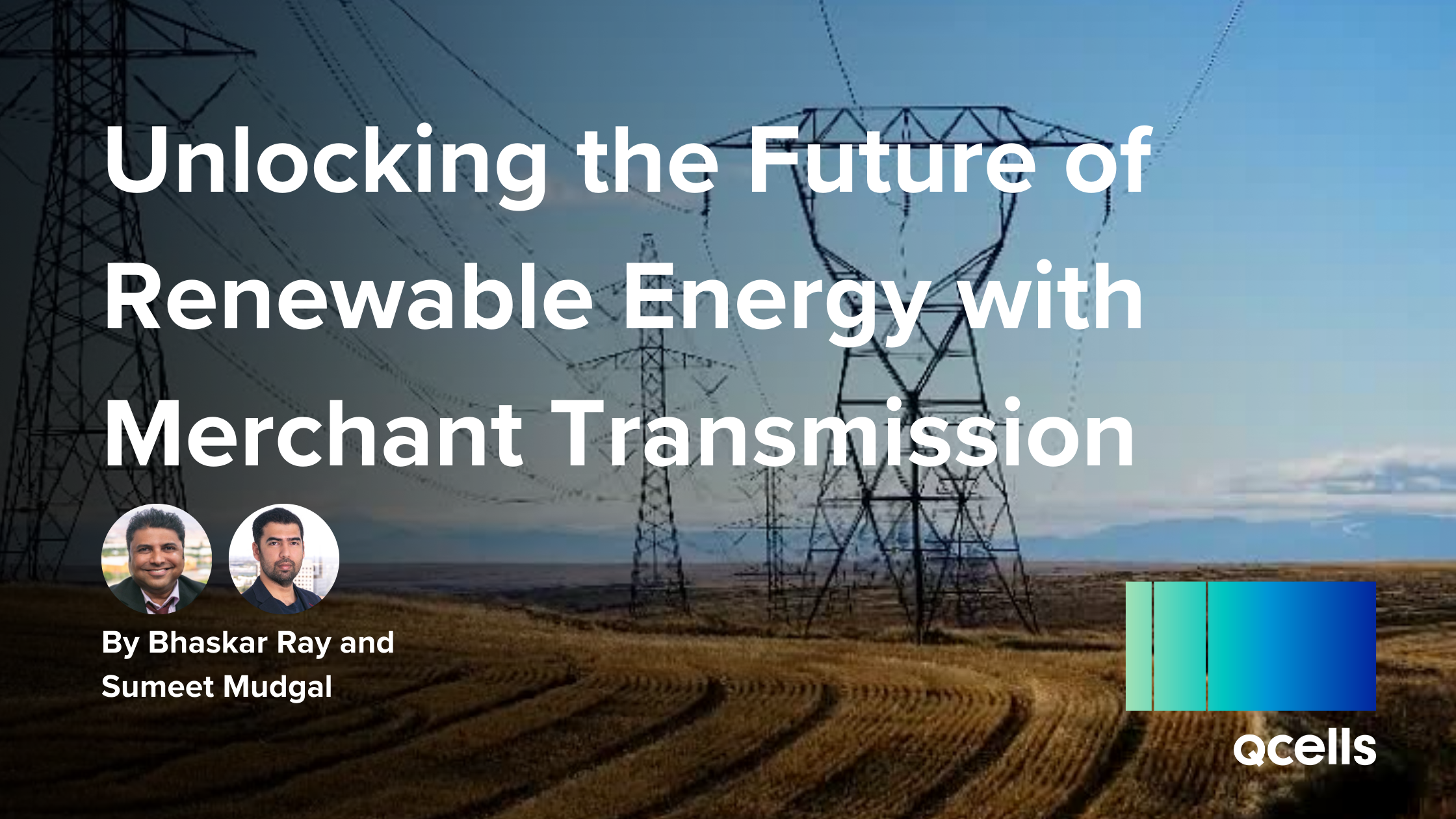If you’re in the business of siting or developing clean power projects, then you know that staying up to date on the latest news and regulations is essential. This was certainly true at this year’s American Clean Power Siting and Environmental Compliance Conference. The event, which took place in Round Rock, TX this March, offered a wealth of information on the latest siting trends and compliance issues. In this blog post, we’ll recap some of the key takeaways from the conference.
Community Engagement
One of the most common challenges faced by clean power developers is community engagement. To site a project, developers must gain the support of the local community. This can be a difficult task, especially when there is misinformation or fear about the project.
According to panelists at the conference, one of the best ways to overcome these challenges is to be proactive and engaging from the start. Developers should start community outreach efforts early-on in the siting process, even before they have control of the site. Land agents, who play a vital role in acquiring sites for development, should also be involved in these outreach efforts.
It’s important to remember that landowners are no different from any other member of the community. They want to be informed and they want to know that their concerns are being heard. Developers should take the time to explain the energy flow and processes involved in the project, to ease any fears or misconceptions.
In addition to being proactive, developers should also be visible and engaged in the community. This means attending local commissioner meetings, even when the project is not on the agenda. It also means creating state-specific digital media and websites, and sponsoring local events. By telling their story and engaging with the community, developers can overcome many of the challenges associated with siting clean power projects.
Solar Site Vegetation Planning
Another important topic discussed at the conference was solar site vegetation management. With the rapid growth of the solar industry, there has been an increase in the number of sites that require vegetation management.
There are a few different approaches to managing vegetation on a solar site. The first is to utilize pollinators, which can help with plant diversity and seed dispersal. Another is to plant native plants, which can provide habitat for wildlife.
When utilizing pollinators, it’s important to consider plants that don’t have a high probability of spreading. This will help to contain fugitive spread. In addition, developers should limit species selection to those that are native to the area.
Renewable Energy Wildlife Research Fund
Another topic of discussion was the Renewable Energy Wildlife Research Fund. The fund was created to bring collective data to the industry and avoid speculation. University or NGO research isn’t always applied to our solar projects, so this fund seeks to create a link between industry and state and federal management agencies.
The fund is currently supporting research on a variety of topics, including siting, and environmental compliance. Some of the active projects include studies on grouse, eagle, and bats. The fund is also pivoting its focus to look more into the impacts of Solar projects rather than wind. Other studies being conducted by the fund include eagle fatalities and bats. The fund is also conducting sage grouse studies to give the FWS better data.
More data over time gives us in-depth data with scale. This is important because it helps us to make more informed decisions about siting clean power projects. With the help of the Renewable Energy Wildlife Research Fund, we can continue to learn more about the impacts of clean power projects and make sure that they are being sited in a way that minimizes the impact on wildlife.
Emerging Monitoring Technologies
One of the emerging technologies that were discussed at the conference is the use of bird and solar interaction trackers. These devices are placed near solar panels and use sensors to track the movements of birds. The data collected by these devices can be used to understand the nature and magnitude of the impact of large-scale solar energy development on birds.
These devices have the potential to provide real-time data on bird behavior around solar panels, which could indicate causes of fatality, sources of attraction, and potential benefits to birds. This data is important because it can help us to make informed decisions about siting clean power projects to minimize the impact on wildlife.
The use of bird and solar interaction trackers is an emerging technology that has the potential to provide valuable data on the impacts of large-scale solar energy development on birds.
Mitigation Corridors and Energy Development
The siting of utility-scale renewable energy development is a complex process that involves a variety of stakeholders, including state and federal agencies, landowners, developers, and the public. The siting process also must comply with many environmental regulations.
One key issue in siting renewable energy development is the impact on wildlife habitat. To minimize the impact on wildlife, developers must take several mitigation measures, such as creating setback areas around the sensitive habitat, installing wildlife-friendly fencing, and relying on the latest scientific data to inform their siting decisions.
Another key issue is the need for ongoing monitoring of the impacts of renewable energy development. In Wyoming, for example, the Wyoming Renewable Energy Siting Collaborative was created to monitor the siting and environmental compliance of utility-scale wind and solar development.
By working together, stakeholders can ensure that renewable energy development proceeds in a way that protects wildlife habitats and meets the state’s clean power goals.
Radar and Airspace compatibility challenges for solar projects
Issues regarding radar and airspace are becoming more common as the industry expands into new areas. The siting of solar projects near military bases and other sensitive areas can create challenges for developers, especially if they are not familiar with the process.
The Department of Defense’s (DOD) Clearinghouse is responsible for overseeing the review of solar project siting requests. The review process is formal and includes engagement with other stakeholders, such as the Federal Aviation Administration (FAA), state officials, and the public.
The Clearinghouse also oversees efforts to mitigate any potential impacts of solar development on military operations, including offshore discussions and development near Intercontinental Ballistic Missile (ICBM) control launch facilities.
Finally, the Clearinghouse engages with state officials on siting decisions to ensure that all environmental compliance and clean power requirements are met.
If you are planning a solar project in an area that could potentially impact military operations, it is important to be familiar with the siting review process and engage early with the DOD Clearinghouse. By doing so, you can avoid potential delays and ensure that your project meets all requirements.
Conclusion
The siting of clean power projects is a complex process that involves a variety of stakeholders and must comply with some environmental regulations. To minimize the impact on wildlife, developers must take multiple mitigation measures, such as creating setback areas around the sensitive habitat, installing wildlife-friendly fencing, and relying on the latest scientific data to inform their siting decisions. Additionally, the need for ongoing monitoring of the impacts of renewable energy development has become increasingly important. By working together, stakeholders can ensure that renewable energy development proceeds in a way that protects wildlife habitats and meets the state’s clean power goals.
If you are planning a solar project in an area that could potentially impact military operations, it is important to be familiar with the siting review process and engage early with the DOD Clearinghouse. By doing so, you can avoid potential delays and ensure that your project meets all requirements.
The siting of clean power projects is a complex process, but by working together we can ensure that renewable energy development proceeds in a way that protects our environment.





 USA & Canada
USA & Canada Korea
Korea Germany
Germany United Kingdom
United Kingdom France
France Italy
Italy Netherlands
Netherlands Greece
Greece Poland
Poland Portugal
Portugal Hungary
Hungary Spain
Spain Australia
Australia Japan
Japan